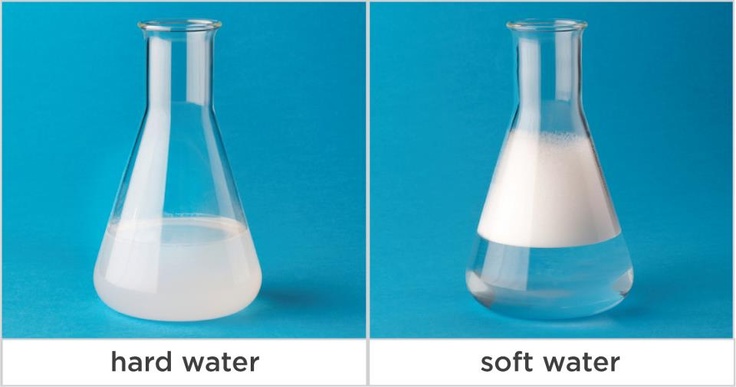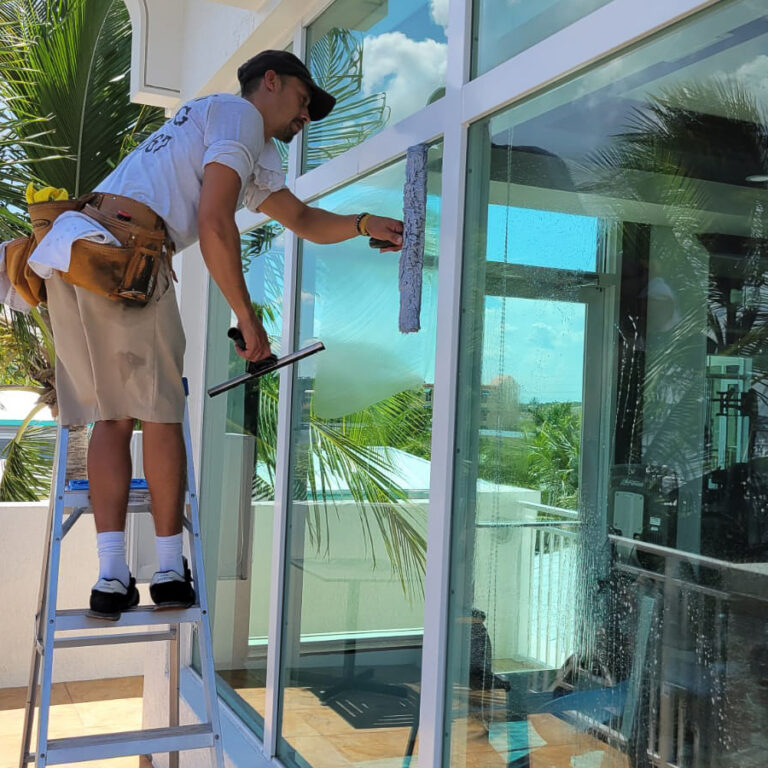Windows are just one of those things we would never want to live without, but we also don’t contemplate much. We’ve all spent countless hours gazing out of them through school and into the workplace, love adorning them with curtains or planters, and even loathe their bi-weekly clean. Why then, do we know so little about them? This week, we’ve decided to indulge in a little bit of history, fun facts, and helpful hints: all about windows.
The Meaning of “Window”
- The word “window” in English originates from Old Norse vindauga. This is a combination of wind and eye, translating to wind eye. The English word window was first recorded in the early 13th century. It referred to a hole in a roof. The Old English version of window literally translates to eye-hole or eye-door.
2. They were commonly made of paper, cloth, animal hide, flattened pieces of animal horn or thin slices of marble (wikipedia.org).
3. In the late 1600s, glass windows were considered a luxury, and even the wealthiest only had windows in their most important rooms
- Glass windows only became common in homes in the early 17th century
- It takes a team of more than 30 people approximately three months to wash 34,348 windows Burj Khalifa, in Dubai!

6. Light-color shades reduce a window’s solar heat gain by as much as 43%, while awnings reduce it by as much as 77%
7. On average windows make up roughly 15% of a traditional home’s wall space.
8. Shatterproof windows, which usually have a piece of plastic sandwiched between two glass panes, give homes an extra level of security against break-ins and severe weather. The fabrication produces glass that is two to four times stronger than standard window glass,, which are now required by code in some hurricane-prone areas, are as efficient as low-E glass and help reduce noise transmission.

- Glass is 100% recyclable. In fact, it can be recycled endlessly without losing quality or purity.
- Most manufacturers recommend windows should be replaced after around 20 years. Signs of a failing windows include those that allow drafts to enter your home, are sealed or painted shut, or window panes that collect condensation and frost.
So maybe you would need to think about how new windows can add value to your home!



